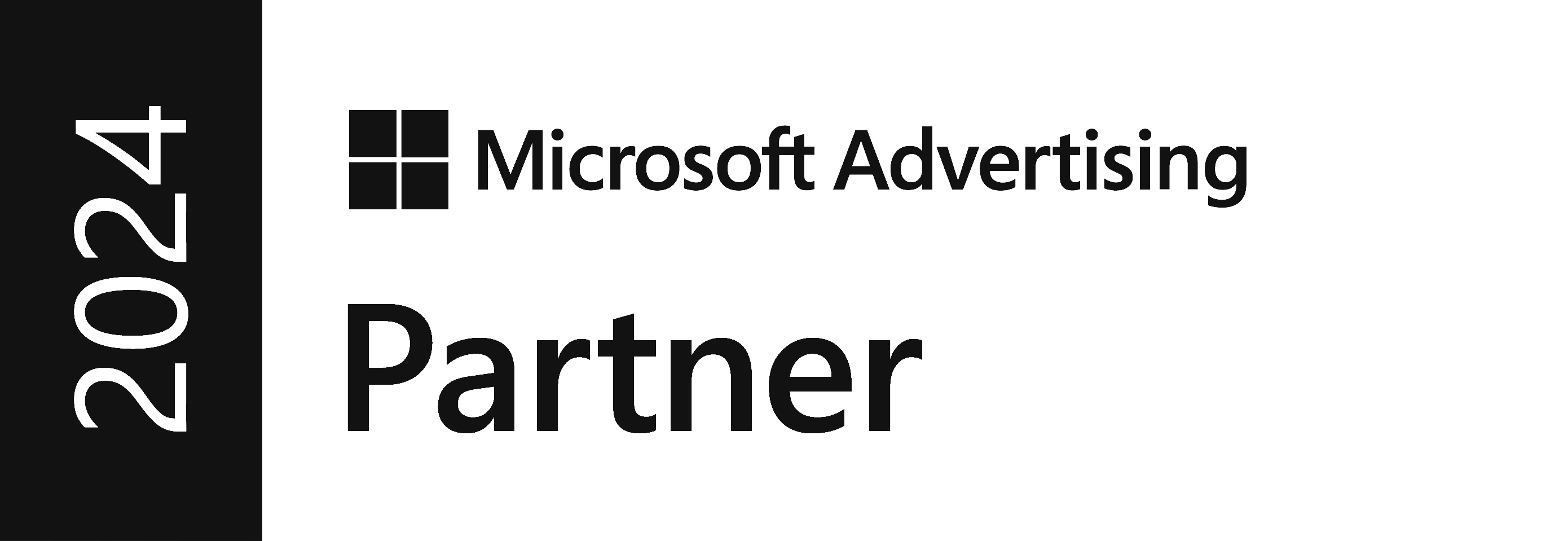By including digital audio advertising campaigns as part of your overall digital strategy and implementing them effectively, there is the potential to maximise your reach and boost brand awareness among your specific audience while maintaining cost-effectiveness and precision targeting.
In fact, when it comes to reach, there are some compelling stats that showcase the potential of digital audio advertising. For example:
74% of adults ages 25 to 54 listen to digital audio content every month.
Digital audio and its on the go format drew in over 38.7 million listeners in the UK as of early 2021.
Average listen-through rates are close to 98% and audio ads have a 24% higher recall rate than traditional ads.
It’s no surprise that in 2022, digital audio attracted 186 million British pounds in advertising spending in the United Kingdom (UK), up 11% from 168 million reported a year earlier.
Furthermore, this number is expected to grow as more consumers engage with different audio platforms and mediums.
So, what is digital audio advertising?
Digital audio advertising revolves around the strategic placement of ads within various forms of digital audio content, including music, podcasts, and radio shows, allowing advertisers to effectively engage with listeners during their preferred content consumption.
This native, in-platform approach enables seamless connections between advertisers and audiences.
Prominent digital audio channels that facilitate this advertising format include Spotify, YouTube Music, Apple Music, and Amazon Music, among others.
How does digital audio advertising work?
Digital audio advertising operates through a streamlined process. You can set up campaigns on platforms like Spotify, defining objectives, budget, and targeting parameters.
Advanced targeting options enable you to refine and reach your desired audience based on demographics, location, and interests.
It is then up to you to create compelling audio ads, which are strategically placed within available ad inventory during breaks in streaming content. Real-time analysis of user profiles ensures relevant ads are delivered.
Throughout the campaign, you can track performance metrics and leverage analytics tools for optimisation.
In essence, digital audio advertising allows you to precisely target and engage your audience, track campaign success, and refine strategies for maximum impact.
Why is digital audio advertising effective?
Digital audio advertising evolved from traditional audio and radio ads, where storytelling was key.
As digital audio becomes more prominent in our daily lives, it is inevitable that the number of ads and advertisers is also increasing.
As stated, with the vast number of people using digital audio platforms, the potential for reach and awareness is evident.
Consider the fact that Spotify boasts over 500 million active users worldwide, with 317 million on free, ad-supported plans.
Also, users are engaging more with digital audio than other media throughout their day, and digital audio ad spend has now surpassed that of traditional radio ad spend.
Furthermore, the Covid-19 pandemic accelerated listenership of certain mediums, with global podcast listening up 42% in 2020 vs previous years.
Considering all of this, digital advertising has become an effective upper-funnel tactic to reach your target audience.
Users on these platforms are already engaged, trust audio content, and are receptive to brand messages.
Additionally, digital audio advertising allows for 100% share of voice, providing the opportunity to make a lasting impression for advertisers.
Targeting specific audience groups also minimises budget wastage, allowing you to leverage demographic and interest-based options. This allows you to precisely define your ideal audience to maximise resonance and brand visibility.
With digital audio advertising, you can engage a receptive audience, take control of the conversation, and optimise your marketing spend.
To create an effective audio ad, keep it concise and attention-grabbing within 15 to 30 seconds. Structure the ad to build intrigue and engage the audience from the start. Align the message with your brand's tone and values, emphasising a compelling value proposition. Use catchy jingles and memorable storytelling techniques to stand out and leave a lasting impression.
Implement these strategies to captivate digital audio listeners and drive brand recognition.
Digital audio measurement and analytics
Tracking and measuring audio ad campaign results is crucial for evaluating and optimising effectiveness.
Analytics tools and metrics provided by digital audio platforms offer valuable insights. Within these platforms, you can analyse campaign performance, track conversions, and measure key metrics like impressions, clicks, and engagement rates.
Leveraging this data allows you to refine targeting, creative content, and ad placements to achieve better results in brand awareness, customer acquisition, and overall campaign success.
Best practice case studies and success stories
Some well-known have successfully utilised digital audio advertising to grow their brand awareness and recognition, here are a few notable examples:
Coca-Cola:
Coca-Cola utilised digital audio advertising to target specific demographics and engage with their audience through personalised playlists and branded audio ads.
Their strategy focused on creating a seamless and immersive brand experience by aligning the ad content with the user's musical preferences.
The campaign resulted in increased brand recognition and customer engagement, driving positive sentiment and loyalty among Spotify users.
Honda:
Honda leveraged digital audio advertising to promote their latest vehicle models and connect with a younger, music-loving audience.
They utilised interactive audio ads that allowed users to explore different features of the vehicles and customise their listening experience.
The campaign led to a significant increase in website traffic, with users actively seeking more information about the advertised models and engaging with Honda's online platforms.
McDonald's:
McDonald's used Spotify advertising to target specific geographic regions and promote their limited time offers and new menu items.
They strategically placed audio ads within Spotify's popular playlists and podcasts to reach a wide range of listeners.
The campaign resulted in increased foot traffic to McDonald's locations, as well as a boost in app downloads and online orders, showcasing the effectiveness of Spotify advertising in driving customer acquisition.
As mentioned, this type of campaign success depends on factors like target audience, ad content relevance, creativity, and strategic use of digital audio targeting capabilities. Results may vary, but these examples showcase the potential to drive brand awareness, website traffic, and customer acquisition across industries.
Conclusion: Why you should consider digital audio advertising as part of your marketing strategy
To sum up why you should consider harnessing the power of digital audio advertising, it has the potential to increase reach and brand awareness among the target audience in a cost-effective and targeted way.
Additionally, key statistics show the potential of digital audio advertising, such as high listener engagement and recall rates.
Your competitors may be using it already, the advertising spending on digital audio is growing, and it is expected to continue increasing as more consumers engage with different audio platforms.
You can include your ad within a range of content like music, podcasts, and radio shows to reach the right listeners.
1st Floor, Alphin Brook House,
Alphin Brook Road,
Exeter EX2 8RG
MORE THAN
Digital
Marketing.
View our sustainability page.
PPC for B2B
PPC for Law Firms
PPC for Luxury Ecommerce Brands
PPC for Travel and Tourism
GEO Audit






